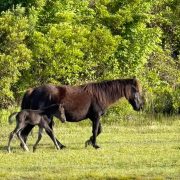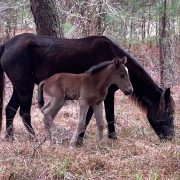We have some devastating news to share this morning. Late last night we made the difficult decision to euthanize 6-week-old filly Ceres due to a very severe case of pythiosis. She was in the same harem as June, the mare who is currently at NC State being treated for the same infection.
Ceres was seen by one of our staff on Saturday, September 10 with no visible wounds and was behaving normally. The following Monday, September 12 at around 8am, staff saw her again and a lesion had developed on top of the coronary band of her right front hoof. We immediately contacted our vet, who confirmed that it was most likely pythiosis, and we spent the entire day coordinating between ourselves and the vets at NC State to come up with the best plan of action. Since Ceres was so young, there were additional challenges that we don’t face with adult horses that require extra planning and logistics. We came up with a plan for capturing her and the hospital in Raleigh was prepared to admit her as soon as possible.
Unfortunately, after Monday the horses disappeared and despite hours and hours of exhaustive searching, we were unable to find them. Finally, this Tuesday one of our staff noticed what looked like foal hoofprints going into some very thick brush where there are no roads. She got out and walked as far as she could and was able to see the horses in the distance. Ceres was up and moving around, so we knew she was still alive and able to walk. We couldn’t get to them, but at least we knew what area to focus on. Then yesterday, the group came out of the deep woods and luck was on our side as we were able to get them all trapped under a house. Under the advisement of our vet, our herd manager sedated Ceres and we were able to safely move the adult horses out from under the house and then get Ceres onto the horse trailer and back to the rescue farm. Our vet met us there around 9pm to examine her and do x-rays.
The damage to Ceres’ hoof and the bones in her lower leg was irreparable. The infection had set into the bone and her hoof was sloughing off. She was in a great deal of pain and while on one hand it is always difficult to make the decision to euthanize, in a case like this we knew there was no other choice and that it was the right thing to do – beyond the shadow of a doubt. Ceres was laid to rest late last night next to the mares’ pasture, so that she’ll always have her aunts looking over her.
The rest of the harem is doing fine this morning. Ceres’ mother called for her during the night, but as of right now they have all settled down and are grazing quietly.
In anticipation of questions we will surely get:
Why did it progress so quickly with Ceres, while June is recovering and responding so well to treatment? Ceres was only a little over a month old when she contracted the infection. Her immune system was basically non-existent, just like with babies of any species. Foals are remarkably tough in some ways, but incredibly fragile in others.
Is pythiosis contagious? Could she have passed it on to her mom or the other horses? No. It cannot transfer between horses, or from horses to humans. There is no risk of the horses passing it on to each other, even with direct contact to the lesion.
Why is this happening? Where does the pythiosis come from? How do the horses get it? Pythiosis is a fungus that grows on decaying plant matter in water. When we don’t get solid freezes in the winter, bacteria, fungus, and other pathogens can grow rampantly. Unsettled weather patterns (flooding rain immediately followed by months of excessive heat) exacerbate the problem. It enters into the body through an open cut – something as small as a pinprick could lead to the infection. The horses’ habitat is primarily marshy, swampy, wet terrain. There is no feasible way to test for pythiosis and isolate areas where it is present, and there is no way to remove it from the environment. We are keeping our fingers crossed for a very cold winter.
So what can we do? First and foremost, property owners need to make sure there is nothing in their yards that the horses can get tangled in that causes cuts and abrasions to their lower legs. Wire, sand fencing, ropes, other garbage – please, please clean it up. We are seeing an increase in the amount of poorly constructed, unsafe fencing in the area where June and Ceres lived. The horses get caught up in it, walk through contaminated water, and then end up with the infection. If you want to enclose your property, build a solid fence. High-tensile wire can be a death trap. Help us keep an eye on the horses by looking at bellies and lower legs. If you notice a wound, let us know. We are monitoring horses in affected areas very, very closely and the more eyes, the better.
If you’re wondering why it was so difficult for us to locate the horses once they disappeared, this post will help you better understand their habitat: https://www.facebook.com/corollaw…/posts/10160021432653330
There is a lot more that could be said about the disease, management, treatment, and future research, but hopefully that helps answer some common questions. We have an amazing team of vets who have gone above and beyond to support us as we navigate this, and we continue to learn from each and every case. We are grateful for your continued support as well, and appreciate everyone understanding that right now our staff is grieving and heartbroken and may not be able to respond to every comment and question right away but we will do our best.
Media outlets: Photos and information from this post can be shared, credit to CWHF. At this point we have no further comment beyond the information provided in this post.
There are photos of Ceres’ wound in the comments of this post. Please be advised that they are graphic, but it’s important to us that people see the severity of what we are dealing with and also know what to look for in other horses.
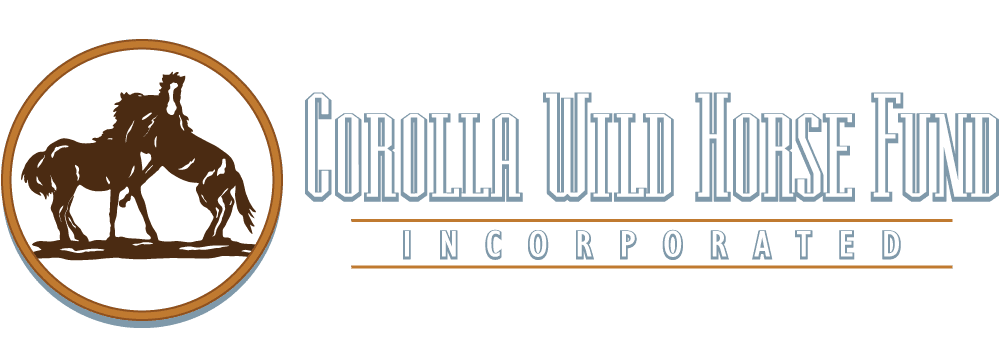
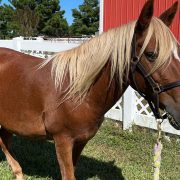
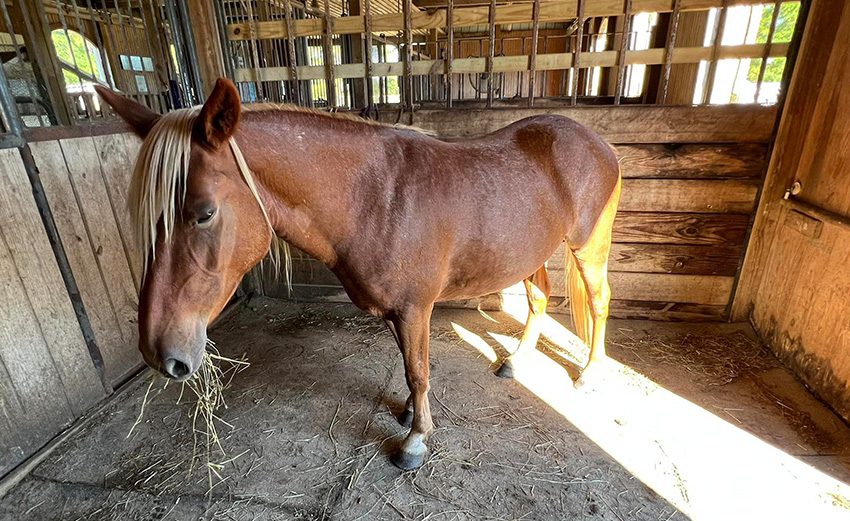
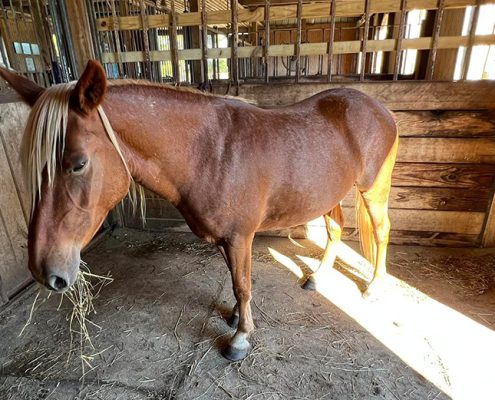
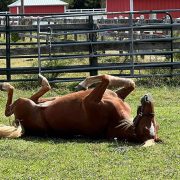
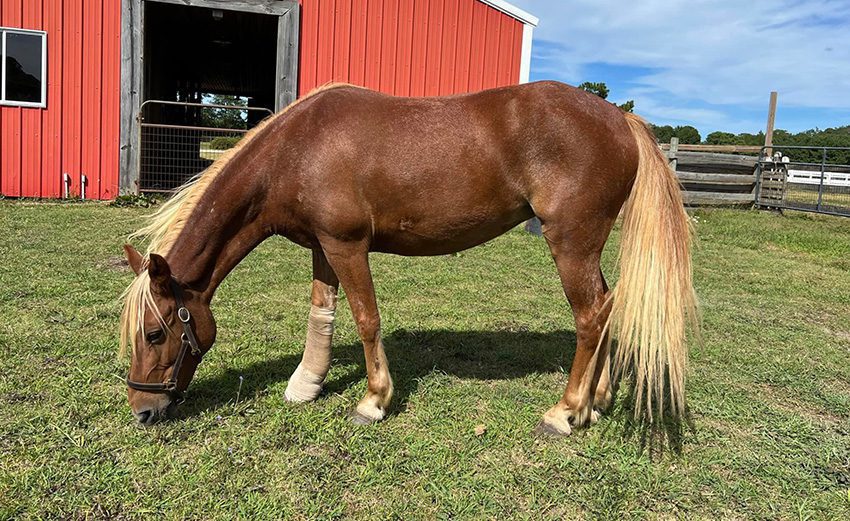
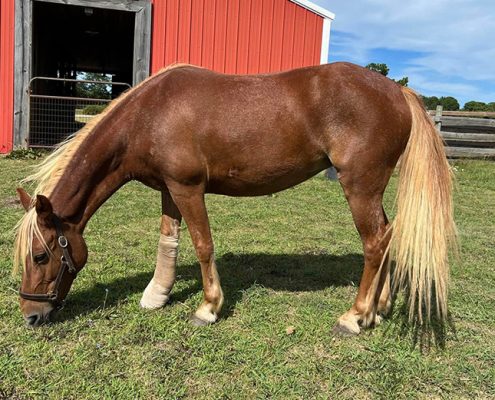
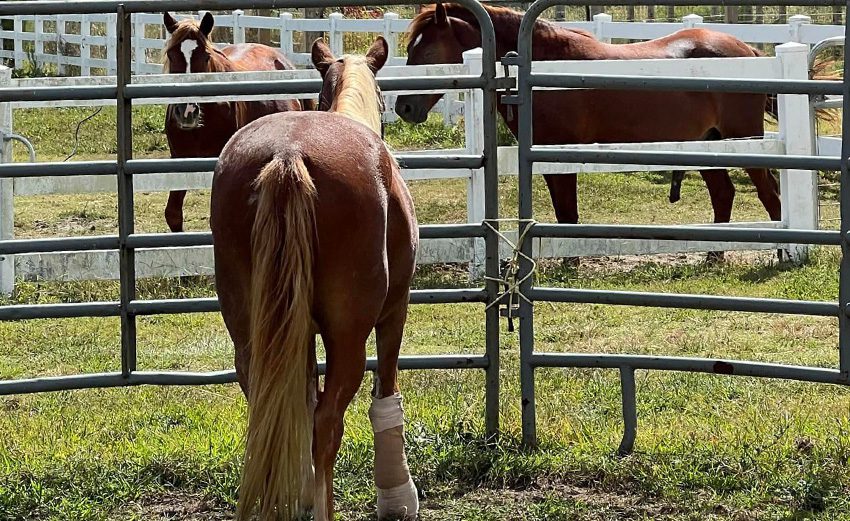

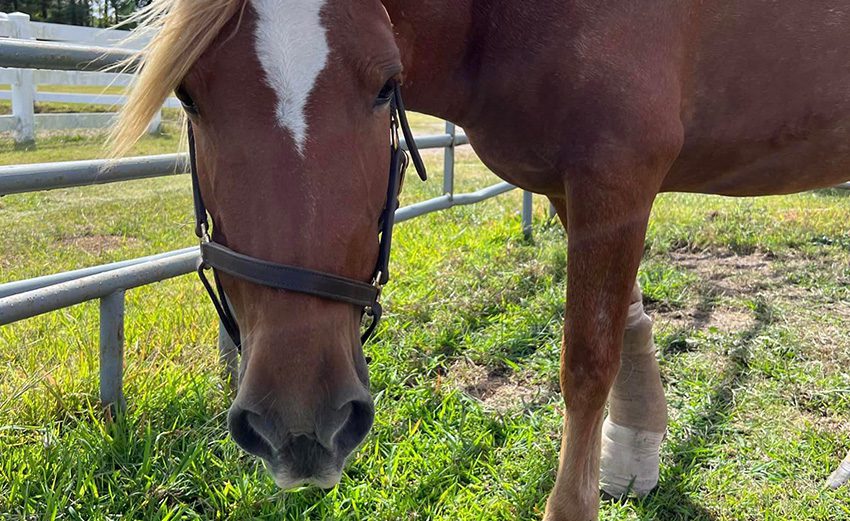

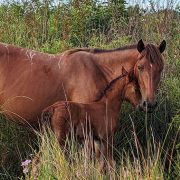
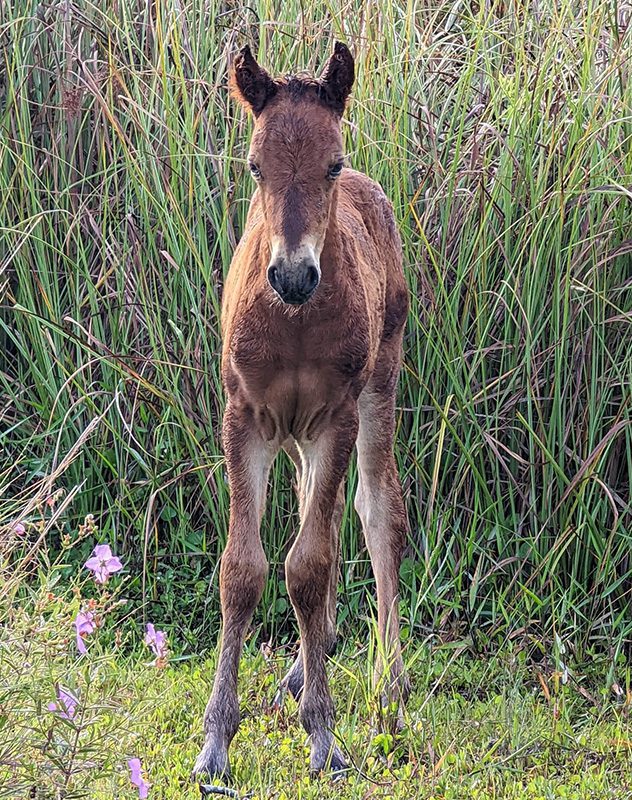

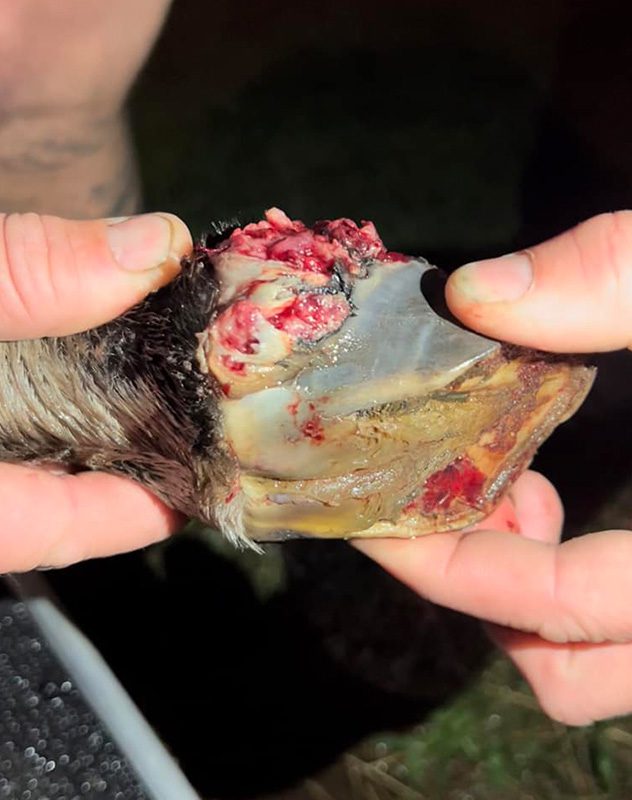

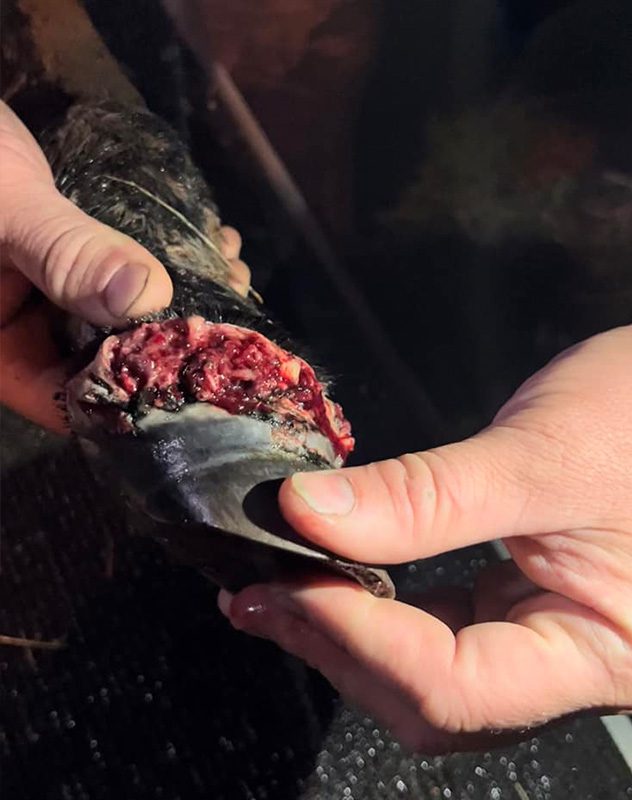
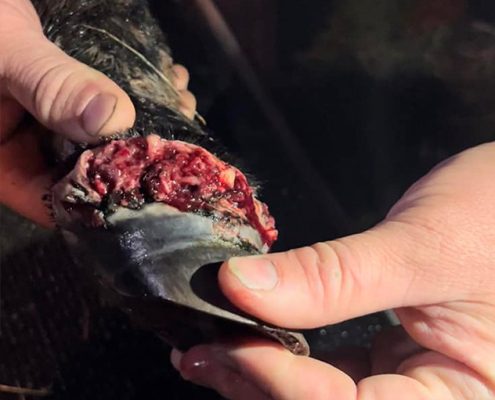


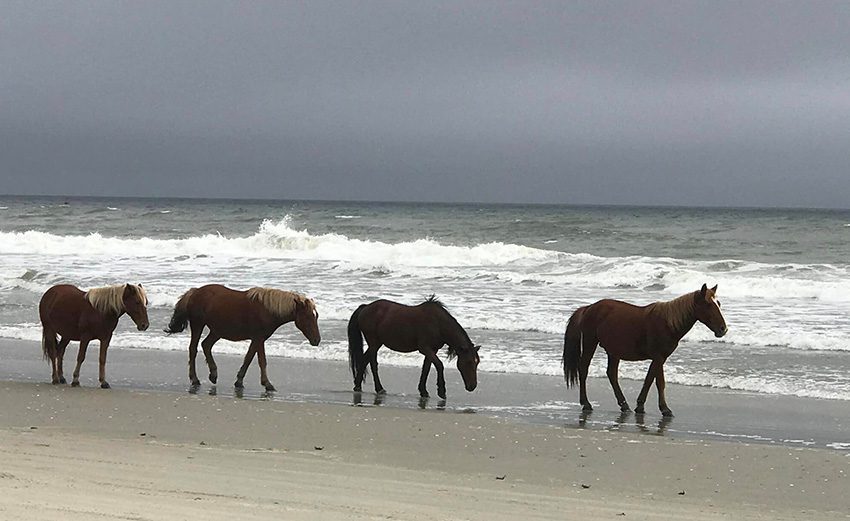

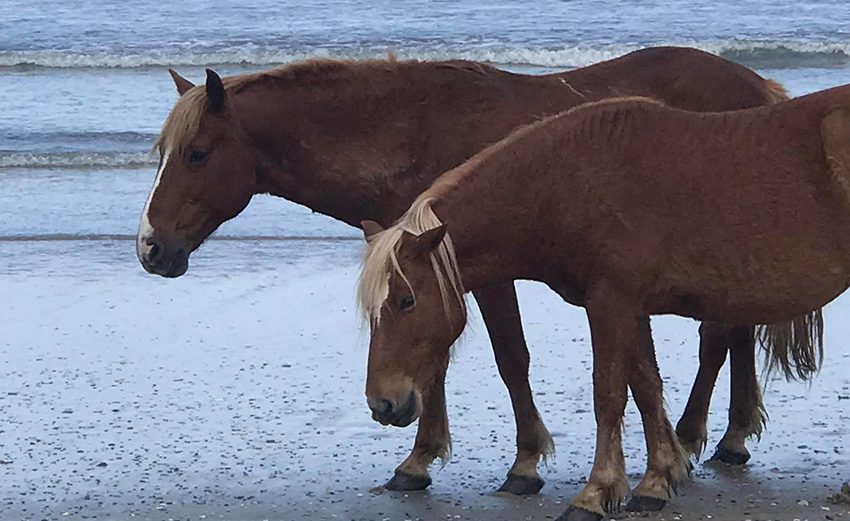

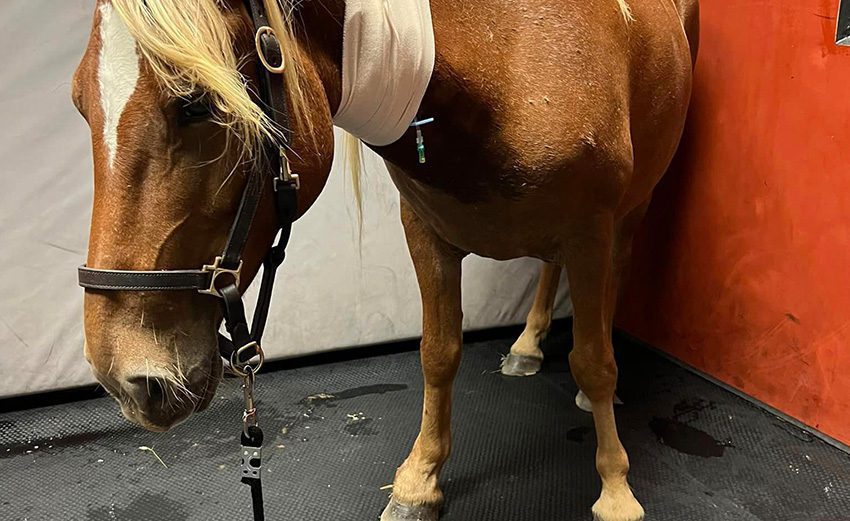
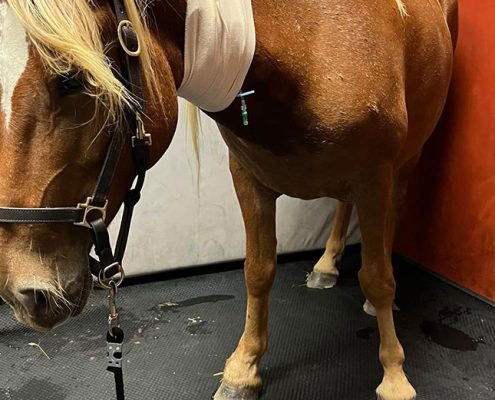
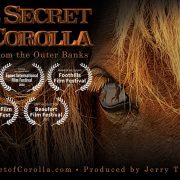
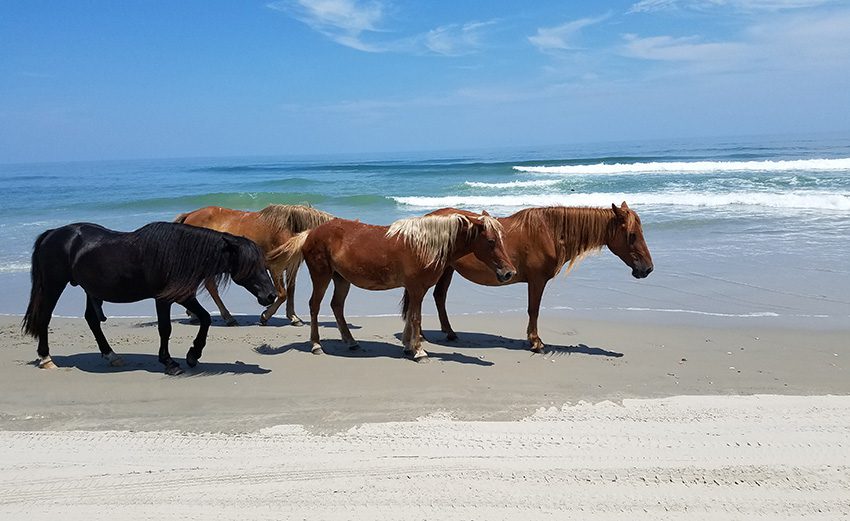

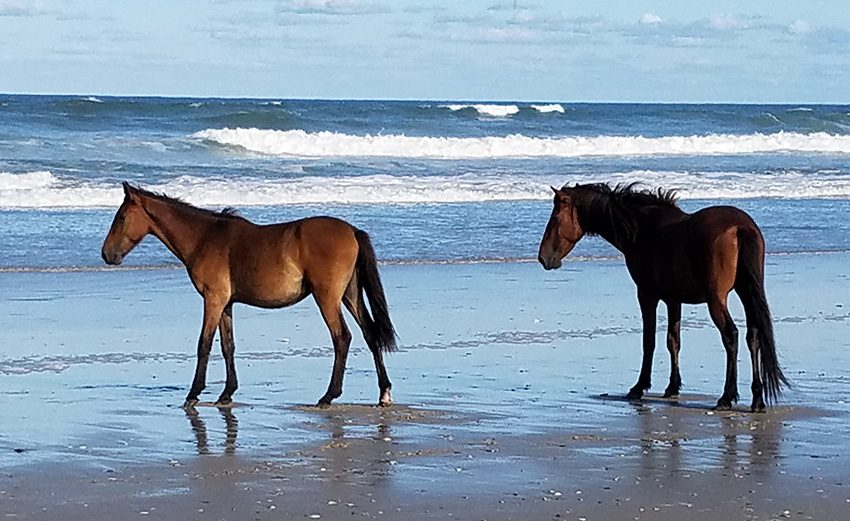

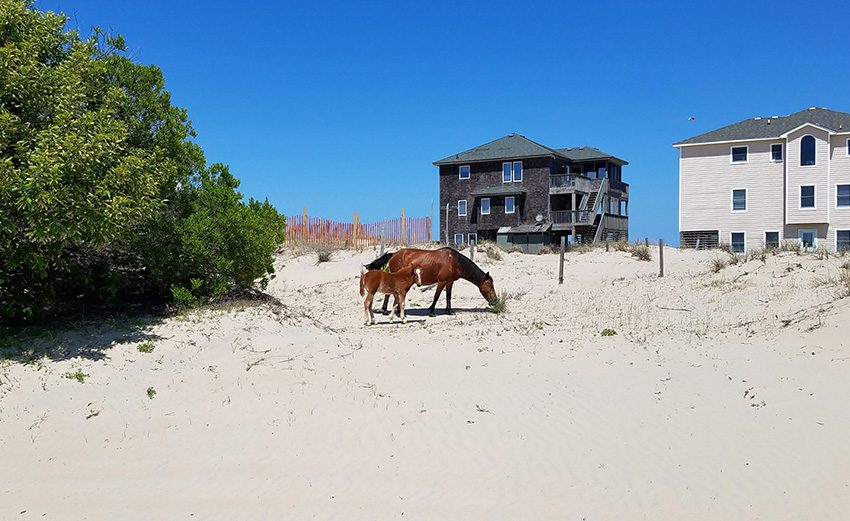

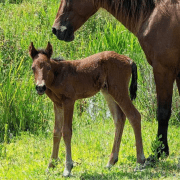
:quality(70)/cloudfront-us-east-1.images.arcpublishing.com/tronc/3X2JI5FLARG3XCZMNVHACWQSAA.jpg)
